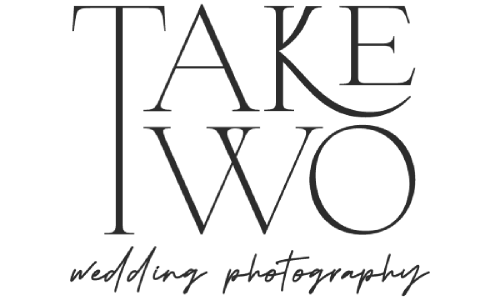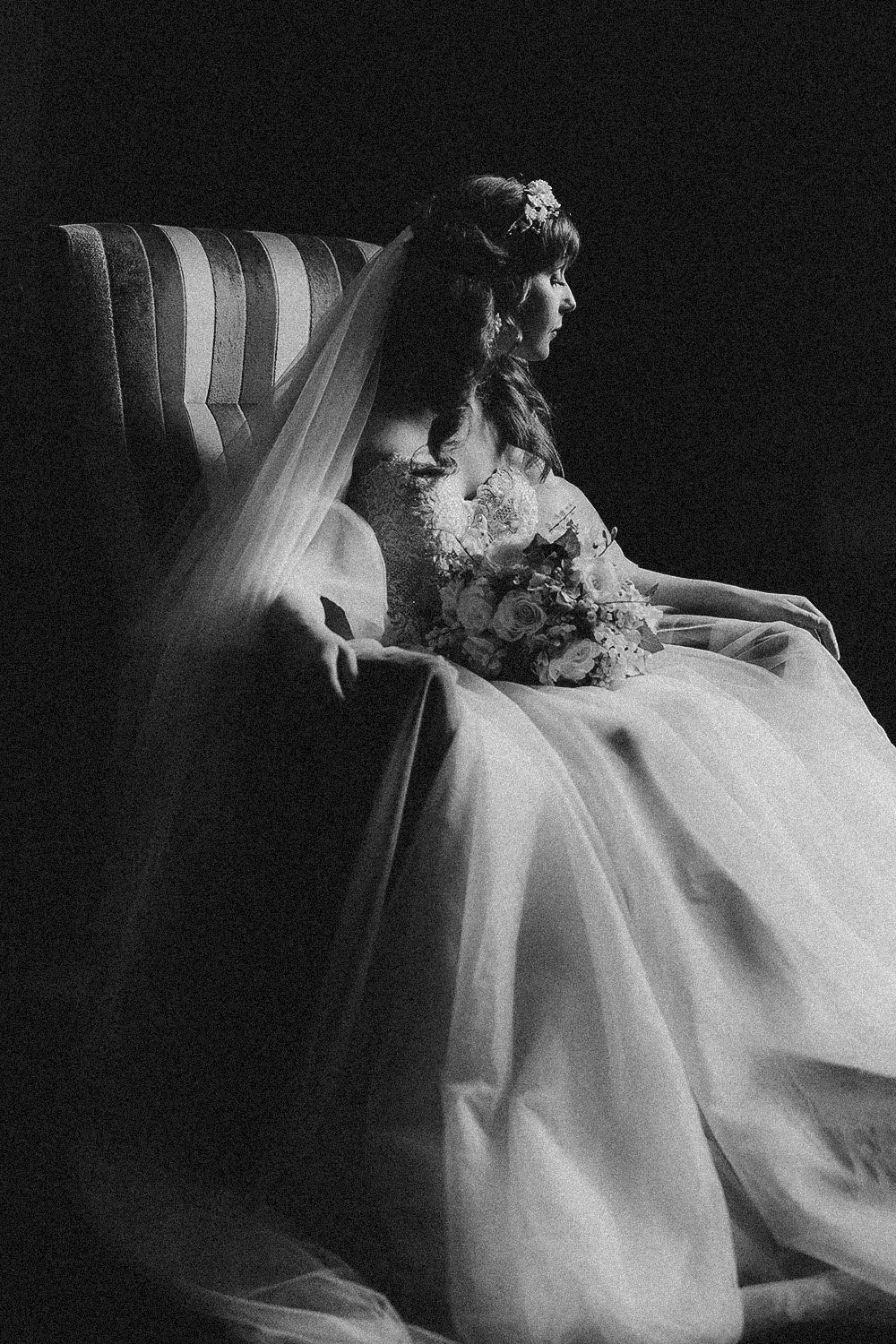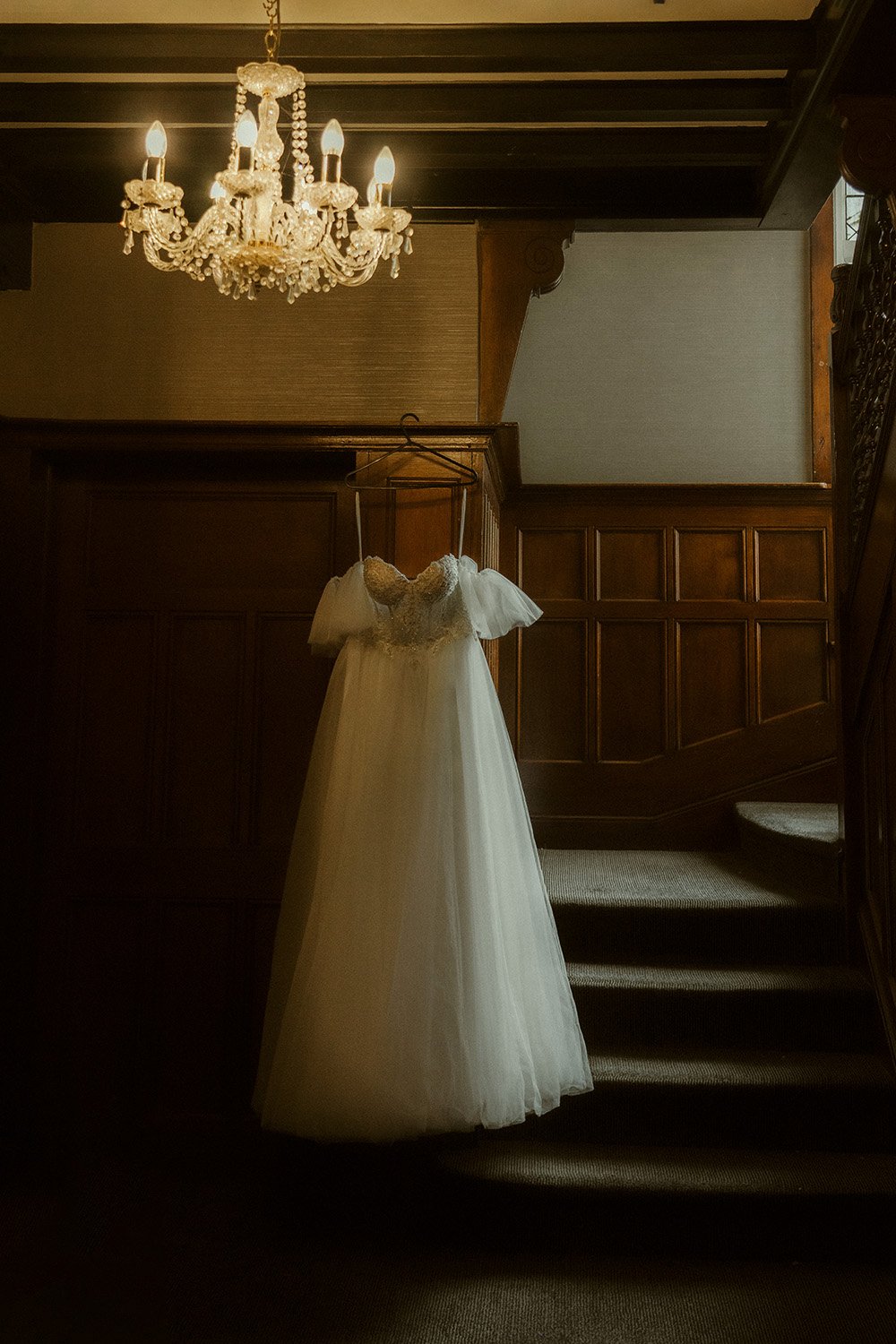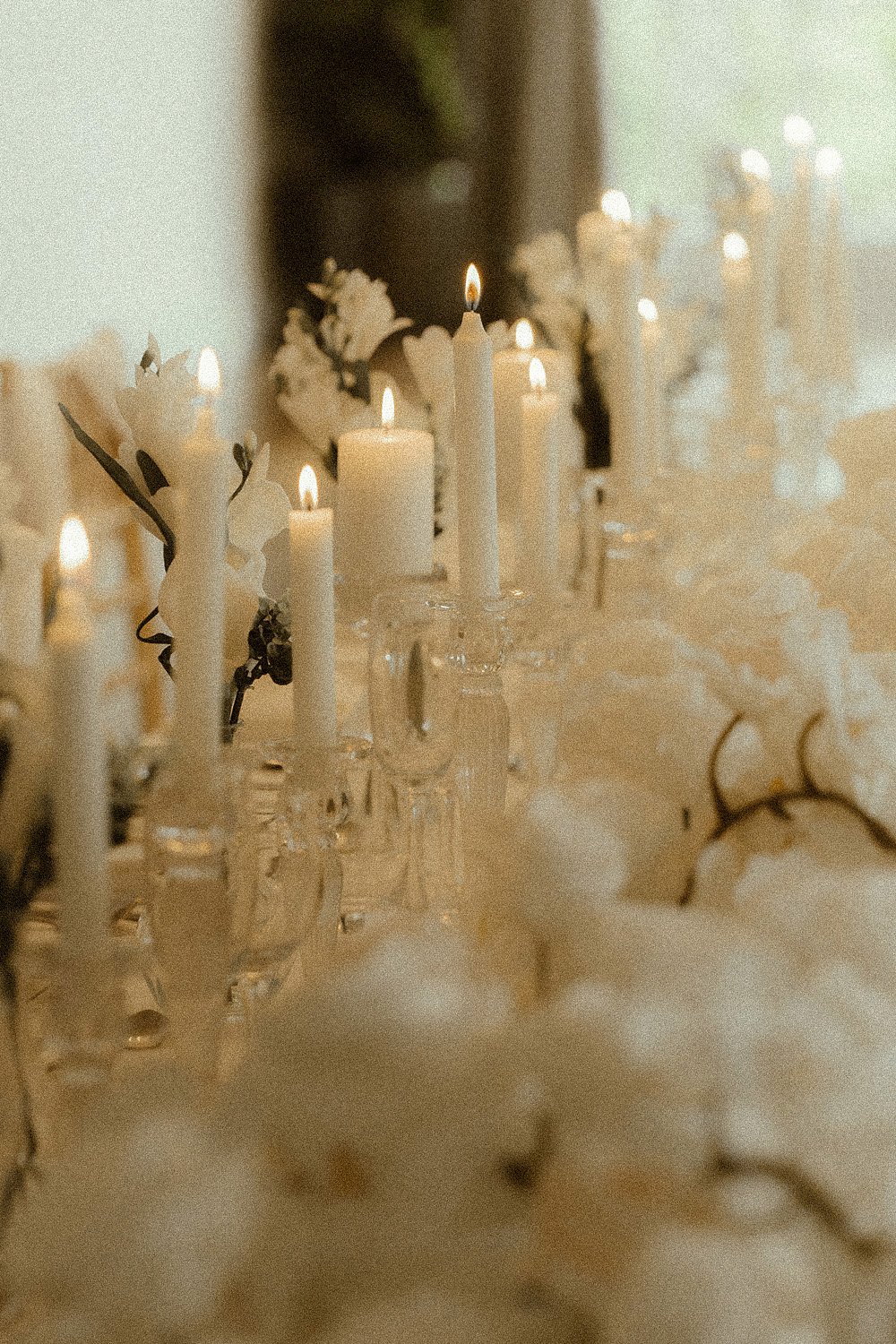Documentary Photography in Different Cultures: A Lens on Global Narratives
Documentary photography is a powerful medium that captures the essence of different cultures, providing a window into the lives of people around the world. From its historical roots to its evolution in Western, Eastern, African, and Indigenous cultures, this art form has played a crucial role in cultural preservation, social commentary, and advocacy. However, documentary photography also comes with its fair share of challenges and controversies. These include ethical considerations, issues of representation, and the impact of technology. In this article, we will explore the history, role, and impact of documentary photography in various cultures. By shedding light on its significance and the issues it faces, we hope to gain a deeper understanding of this important art form.
Key Takeaways:
Documentary photography captures authentic and unposed moments of different cultures. The evolution of documentary photography in different cultures reflects their unique perspectives and values. Documentary photography plays a crucial role in cultural preservation, social commentary, and advocacy in different cultures.
What Is Documentary Photography?
Documentary photography is a form of photography that captures images of real-life situations, events, people, and cultures, aiming to tell a story and provide an authentic representation of the subject matter.
By focusing on capturing real-life moments, documentary photography plays a crucial role in shedding light on social issues, historical events, and cultural identity. It has the power to evoke emotions and provoke discussions about significant topics, offering a unique insight into different societies and communities.
Influential photographers such as Dorothea Lange, Sebastião Salgado, and Steve McCurry have made remarkable contributions to the art world through their compelling visual narratives that have brought attention to pressing global issues. Their work demonstrates the importance of visual storytelling and its ability to inspire social change and drive cultural awareness.
The History of Documentary Photography
The history of documentary photography is deeply rooted in the pursuit of capturing reality, providing a poignant and often critical commentary on social issues, cultural norms, and environmental concerns.
Documentary photography found its early footing in the works of Henri Cartier-Bresson, who co-founded the influential photography collective Magnum Photos. His iconic 'decisive moment' philosophy shaped the genre, emphasising capturing spontaneous moments with a keen eye for composition and timing.
Margaret Bourke-White, on the other hand, brought her keen sense of journalistic integrity to her work, using photography as a tool for social change. These photographers and countless others have elevated documentary photography to an art form that transcends mere documentation. Their images are testaments to the human experience, drawing attention to social injustices, cultural evolution, and the triumphs of the human spirit.
How has documentary photography evolved in different cultures?
The evolution of documentary photography in different cultures has resulted in a diverse array of photography styles. These styles reflect the cultural memory and unique perspectives of societies and regions.
In Western cultures, documentary photography has been marked by a focus on social reform and the portrayal of urban life. This encapsulates moments of societal change and progress.
On the other hand, Eastern cultures have embraced a more contemplative approach. They capture the harmony between nature and human existence with a sense of tranquillity and introspection.
In African cultures, documentary photography has served as a powerful tool to reclaim narratives and preserve traditional practices. This celebrates the richness of indigenous heritage.
Indigenous cultures have employed photography to honour their ancestral wisdom and the interconnectedness of all living beings. This fosters a profound respect for nature.
Western Culture
In Western culture, documentary photography has manifested in various forms, including social documentary, ethnographic photography, photo essays, social landscape photography, and poignant war photography.
Throughout its evolution, documentary photography has played a pivotal role in capturing the essence of social change, cultural diversity, and global conflicts.
This diverse art form has flourished in the hands of renowned Western photographers, such as Dorothea Lange, Lewis Hine, and Robert Capa. They used their lenses to highlight the plight of marginalised communities, document cultural traditions, and depict the devastating impact of war on societies.
The power of photo essays and social landscape photography served as a means of advocacy and education, bringing attention to social injustices and shaping public opinion. These forms have evolved in parallel with the changing landscapes of social norms, technological advances, and the need for impactful storytelling.
Eastern Culture
In Eastern culture, documentary photography has found expression in the captivating realm of Indian wedding photography, encompassing the richness of Sikh weddings, Hindu ceremonies, and the blend of tradition and modernity in Asian weddings captured by documentary wedding photographers.
This evolution has brought a profound transformation in the way cultural moments are preserved and celebrated. Through the lens of documentary photography, the authenticity of cultural norms and moments is seamlessly preserved, immersing viewers in the intricacies of traditional rituals and the vibrant emotions of the joyous celebrations.
Indian wedding photography, in particular, beautifully captures the confluence of customs and contemporary elements, reflecting the essence of cultural diversity and the integration of age-old traditions with modern settings.
African Culture
African culture has inspired documentary photographers such as Iya Elelubo, Nike Adeniyi, and Agbe, whose work encapsulates the captivating essence of cultural identity and atmospheric photography, while artists like Baba Oni Gi have provided a unique perspective on social issues and historical narratives.
These photographers have played a significant role in showcasing the richness and diversity of African culture through their lens.
Iya Elelubo's poignant images capture the everyday lives of people in rural Africa, highlighting their resilience and traditions. Similarly, Nike Adeniyi's work delves into the vibrancy of African rituals and ceremonies, offering a glimpse into the spiritual and cultural practices that define the continent.
Agbe's photography, on the other hand, often focuses on the natural landscapes and the intricate relationship between humans and the environment, presenting a compelling visual narrative of the interconnectedness between people and their surroundings.
Baba Oni Gi's artistry extends beyond the visual aesthetic, diving into the socio-political landscape through his thought-provoking compositions. His images serve as a powerful commentary on the historical legacy, challenges, and resilience of African communities.
Indigenous Cultures
In indigenous cultures, documentary photography has celebrated the cultural appreciation of traditions and rituals, as seen in the captivating works of photographers like Ilan Derech, who captured the essence of cultural norms through imagery such as Male Kudu and Mother Child.
These photographers have skilfully chronicled the rich and diverse heritage of indigenous peoples, fostering a deeper understanding and respect for their cultural identity. Their images serve as a powerful medium to bring attention to the beauty and importance of indigenous traditions, shedding light on their unique ways of life.
Through the lens of documentary photography, viewers are transported to the heart of various communities, gaining insight into their customs and values. This medium not only captures moments in time but also preserves and honours the legacy of these indigenous cultures, ensuring that their stories are never forgotten.
Documentary Photography in Different Cultures
The Role of Documentary Photography in Different Cultures
Documentary photography plays a pivotal role in different cultures by contributing to cultural preservation, offering social commentary, and serving as a powerful tool for advocacy and activism, enhancing the representation of cultural identity.
By capturing authentic moments and experiences, documentary photography acts as a visual time capsule, preserving traditions, customs, and ways of life that might otherwise become lost or forgotten in the fast-paced modern world.
These photographs often serve as powerful tools for social commentary, shedding light on important issues such as inequality, injustice, and environmental degradation. Through compelling visual storytelling, documentary photographers can effectively advocate for change and inspire action. Therefore, this form of photography not only preserves cultural heritage but also amplifies the voices of marginalised communities, shaping a more inclusive and empathetic society.
Cultural Preservation
Documentary photography serves as a powerful tool for cultural preservation, capturing the intricate cultural memory, heritage, and indigenous traditions, whilst also preserving historical narratives through compelling visual storytelling.
Documentary photography plays a crucial role in preserving cultural heritage by visually capturing cultural practices, rituals, and traditions. These images serve as a timeless archive, bridging the past and present, and immortalising the essence and spirit of various cultures. In doing so, they also help safeguard the authenticity and uniqueness of indigenous traditions that may be at risk of being lost or forgotten.
Social Commentary
Documentary photography provides a platform for powerful social commentary, shedding light on critical social issues, cultural norms, and environmental concerns. It creates a visual storybook that reflects the realities of diverse societies.
Through capturing the raw, unaltered moments of human existence, documentary photography serves as a tool for social change. It bridges the gap between the unseen and the public eye, challenging misconceptions, raising awareness, and evoking empathy through authentic visuals.
By portraying the overlooked and unheard voices, documentary photography highlights the significance of individual lives within the broader context of social structures. It fosters dialogue and understanding, making a powerful impact on society.
Advocacy and Activism
Documentary photography serves as a catalyst for advocacy and activism, amplifying the representation of cultural identity and societal narratives, while motivating positive social change through compelling visual storytelling and authentic representation.
Through the lens of documentary photography, cultural identity is portrayed in its raw, unfiltered form, capturing the essence of diverse communities and their traditions. This authentic representation not only educates but also fosters empathy and understanding, bridging gaps between different cultures.
By shedding light on societal narratives, documentary photography becomes a powerful tool for raising awareness about pressing social issues, from environmental degradation to human rights violations. The emotional impact of these visuals has the potential to ignite public discourse and inspire action.
Ultimately, the ability of documentary photography to draw attention to cultural identity and societal narratives is crucial in bringing about positive social change, as it humanises the experiences of marginalised communities and challenges ingrained prejudices.
Challenges and Controversies in Documentary Photography
Documentary photography encounters various challenges and controversies, including ethical considerations, concerns about representation, the debate on cultural appropriation, and questions about manipulation and truthfulness in visual narratives.
Photographers engaged in documentary work are often faced with the ethical dilemma of balancing their responsibility to capture truth with the potential for exploitation or misrepresentation.
The portrayal of marginalised communities and individuals also raises important questions about representation and the power dynamics inherent in the act of photographing others. The debate on cultural appropriation further complicates the field, as photographers navigate the fine line between honouring and appropriating the cultures they document.
The use of editing techniques and digital manipulation can raise fundamental issues around accuracy and the authenticity of the visual narrative, emphasising the complex nature of truthfulness in documentary photography.
Ethics and Representation
Ethical considerations and the need for authentic representation pose critical challenges for documentary photography, requiring adherence to ethical standards, cultural sensitivity, and navigating complex ethical dilemmas in visual storytelling.
One of the primary challenges documentary photographers face is the ethical dilemma of portraying their subjects in a genuine yet respectful manner. The responsibility to accurately represent diverse cultures and communities brings forth the necessity of an inherent understanding of the cultural sensitivities involved.
The photographers must navigate the fine line between capturing the truth and intruding on the privacy and dignity of the individuals being documented. Ensuring an authentic portrayal of the subject matter is imperative. This involves not only following ethical guidelines but also grappling with the nuanced ethical standards that evolve within different societal contexts.
The impact of the visual narrative on the audience's perception further underlines the significance of upholding ethical integrity in documentary photography.
Cultural Appropriation
The topic of cultural appropriation in documentary photography raises concerns about cultural sensitivity, the need for respectful representation, and the preservation of cultural identity, prompting critical reflections on the ethical implications of visual narratives.
Documentary photographers often enter communities and spaces that are not their own, capturing images that tell stories beyond their personal experiences. This process brings up questions about the power dynamics at play and the responsibilities of the photographer to ensure an accurate and respectful portrayal of the culture they are documenting.
Cultural sensitivity is paramount in this context, as the misrepresentation of cultural practices and traditions can perpetuate harmful stereotypes and misconceptions.
Manipulation and Truthfulness
The debate on manipulation and truthfulness in documentary photography centres on maintaining ethical integrity, ensuring visual authenticity, and navigating the complexities related to the truthful portrayal of real-life situations and events.
Photographers have long grappled with the ethical dilemmas surrounding the presentation of reality through their lens. Critics argue that even the slightest image alterations can compromise the integrity of a documentary photograph, raising questions about its authenticity and the photographer's honesty.
On the other hand, advocates contend that certain manipulations may be necessary to enhance the visual impact without detracting from the essential truth depicted. This debate brings to light the inherent difficulties in capturing and representing real-life events, where the line between truthfulness and manipulation becomes increasingly blurred.
Documentary Photography in Different Cultures
How has technology impacted documentary photography in different cultures?
The advent of technology has profoundly impacted documentary photography across different cultures, ushering in a shift from analogue to digital photography. This transition has leveraged social media and online platforms for enhanced accessibility and widespread distribution of visual narratives.
Photographers and storytellers have embraced the opportunities for creative expression afforded by advanced imaging technologies and editing tools. This shift has not only revolutionised the way stories are captured and shared, but has also democratised access to documentary photography, give the power toing diverse voices to contribute to the visual dialogue.
Social media and online platforms have played a pivotal role in this transformation, acting as conduits for the rapid dissemination of powerful visual narratives. The ability to share images and stories across borders and languages has led to a more connected and informed global community, amplifying the impact of documentary photography as a catalyst for social change and cultural understanding.
Digital vs. Analog Photography
The transition from analogue to digital photography in documentary narratives represents a significant technological advancement, enriching the capacity for compelling visual storytelling and expanding the creative possibilities for photographers across diverse cultures.
The transition to digital photography has democratised the art form, making it more accessible to a wider audience. Instant capture, editing, and sharing capabilities have allowed photographers to document events and tell stories in real-time, creating a more immersive experience for viewers. The digital format also allows for greater experimentation and manipulation of images, giving photographers more freedom to express their creativity. This has resulted in a diverse range of visual narratives that can transcend cultural boundaries and enrich the global visual storytelling landscape.
Social Media and Online Platforms
Social media and online platforms have revolutionised the accessibility and exchange of documentary photography, fostering cultural exchange and amplifying the impact of visual narratives across global audiences.
This transformative shift has give the power toed photographers to showcase their work to a broader audience, enabling them to initiate valuable conversations on socio-cultural issues.
Through platforms like Instagram and Facebook, photographers can engage with diverse communities, bridging geographical boundaries to create a shared understanding of different cultures. Online platforms provide a space for marginalised voices to be heard, shedding light on important socio-political issues that may have previously gone unnoticed.
They have also redefined the traditional boundaries of storytelling, allowing photographers to experiment with new visual forms and immersive narratives, creating a deeper connection with their audience.
Accessibility and Distribution
The enhanced accessibility and global distribution of documentary photography through online platforms have expanded its reach, facilitating cultural representation and enabling the creation of impactful visual narratives showcased in online exhibitions and digital galleries.
As digital platforms continue to evolve, the global community has witnessed a remarkable surge in the accessibility of documentary photography, enabling a wider audience to engage with diverse cultural perspectives and narratives.
This shift has not only democratised access to these visual stories but has also give the power toed photographers, artists, and creators to share their work with audiences across borders, transcending physical limitations and expanding the reach of their powerful narratives.
Frequently Asked Questions
What is documentary photography in different cultures?
Documentary photography in different cultures is a genre of photography that focuses on capturing and documenting the daily lives, traditions, and customs of various cultures around the world. It aims to provide an accurate and authentic representation of a specific culture through visually capturing its people, places, and activities.
How does documentary photography in different cultures differ from other genres of photography?
Unlike other genres of photography, documentary photography in different cultures emphasizes on capturing the cultural aspects of a specific community or society. It aims to tell a story and provide insight into the culture rather than simply capturing aesthetically pleasing images.
What are the key elements of documentary photography in different cultures?
The key elements of documentary photography in different cultures include authenticity, storytelling, and cultural sensitivity. It is important for the photographer to build trust with the community being documented and to accurately represent their culture without imposing any biased perspectives.
What are some famous examples of documentary photography in different cultures?
There are many famous examples of documentary photography in different cultures, including Dorothea Lange's "Migrant Mother" which captured the struggles of a mother during the Great Depression, and Steve McCurry's "Afghan Girl" which highlighted the plight of Afghan refugees. Other notable photographers in this genre include Sebastião Salgado, Margaret Bourke-White, and James Nachtwey.
What are some challenges faced by documentary photographers in different cultures?
Documentary photographers in different cultures may face challenges such as language barriers, cultural differences, and gaining access to certain communities or events. They also have the responsibility to ethically and sensitively represent the culture they are documenting, which can be a difficult task.
How can documentary photography in different cultures promote cultural understanding and awareness?
Documentary photography in different cultures can promote cultural understanding and awareness by providing a visual representation of a culture that may be unfamiliar to the viewer. It can also challenge stereotypes and promote empathy and understanding towards different ways of life. Additionally, documentary photographers may collaborate with local organizations or use their images for educational purposes to further promote cultural awareness.
We'd love to chat with you about capturing the beautiful moments of your wedding! Swing by our website at Take Two Wedding Photography to peek at our portfolio and see the magic we can create together. If you're curious about our services or just want to talk about your big day, Give us a shout – we're here to help make your memories last forever! We're all about making your wedding journey as joyful and stress-free as possible.







